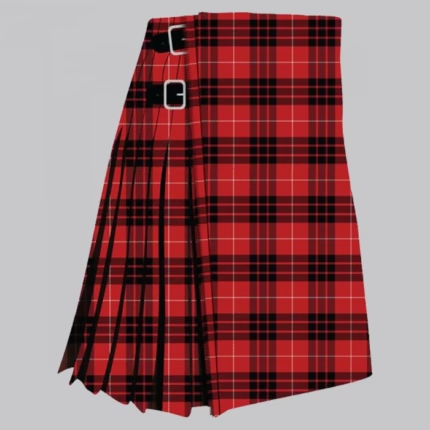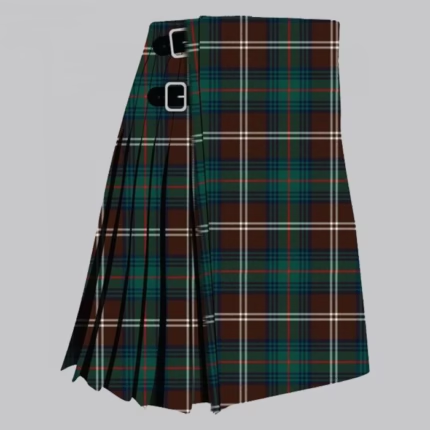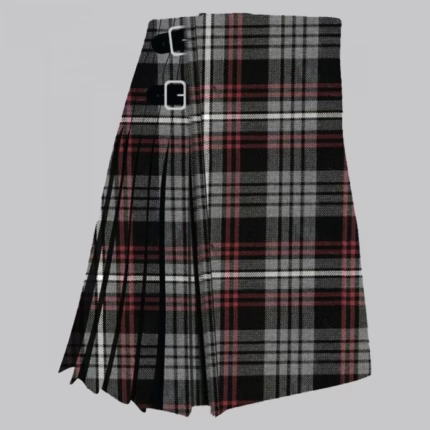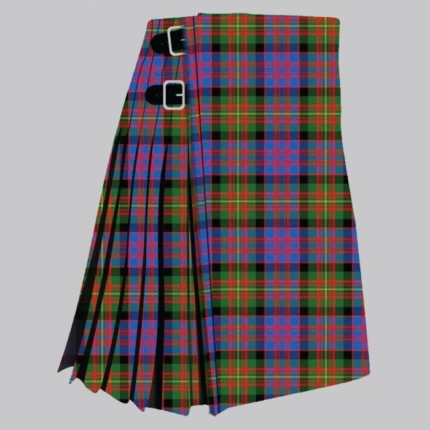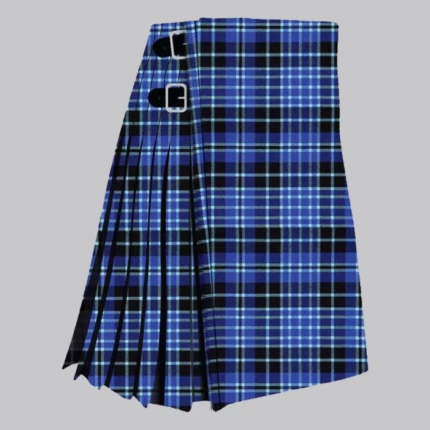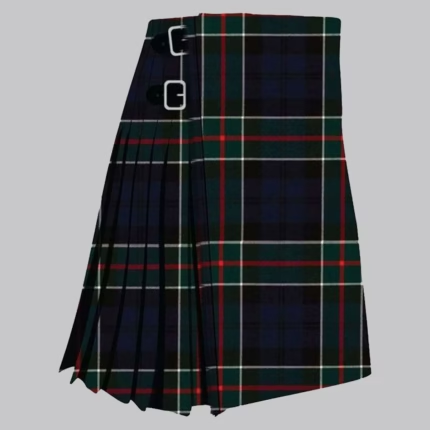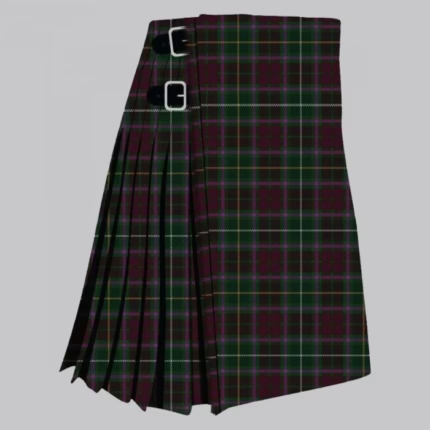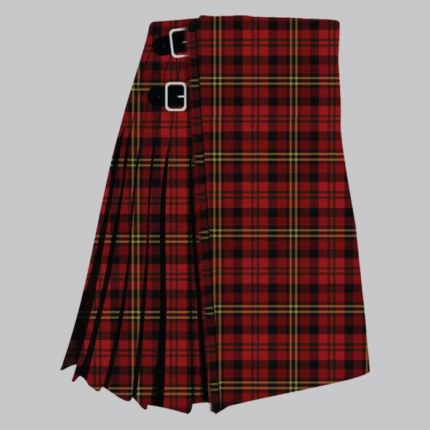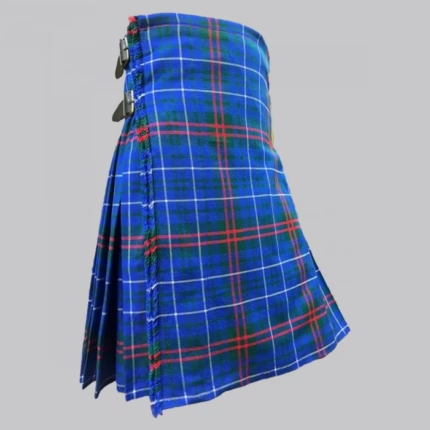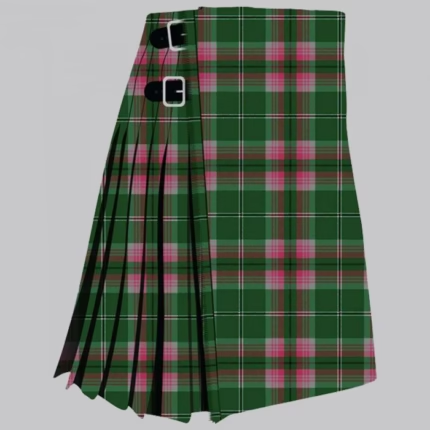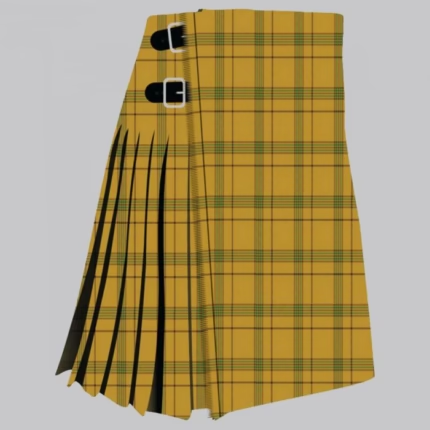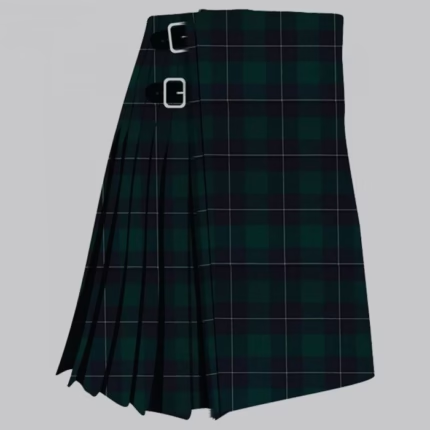Introduction to the Tartan Kilt
The tartan kilt is a quintessential symbol of Scottish culture, steeped in history and tradition. Its distinctive design of woven patterns and colors is not only visually striking but also rich in meaning, representing various clans, regions, and even historical events. This article delves into the significance of the tartan kilt, exploring its origins, its role as a symbol of heritage, and how to wear it with confidence. The aim is to provide a comprehensive understanding of this iconic garment and its lasting impact on Scottish identity.
Definition and History
The kilt, traditionally made of wool, is a knee-length skirt-like garment that has become synonymous with Scotland. Its origins date back to the 16th century, evolving from earlier forms of clothing worn by Scottish Highlanders. Initially, the kilt was a full-length garment known as the “great kilt,” which enveloped the wearer’s body and could double as a blanket. The modern kilt, as we know it today, began to take shape in the 18th century, particularly after the Jacobite uprisings, when it became a symbol of Jacobite solidarity and Scottish nationalism.
In terms of its fabric, the kilt is made from tartan, a patterned cloth that consists of crisscrossed horizontal and vertical bands in multiple colors. Each tartan pattern is unique to specific Scottish clans and is essential for identifying lineage and heritage. The use of tartan became more standardized in the 19th century, particularly after the establishment of the Scottish Tartan Society and the publication of various tartan registries.
Importance in Scottish Culture
The tartan kilt is not merely a garment; it embodies the spirit and resilience of the Scottish people. It is worn during cultural events, weddings, and other significant occasions, symbolizing pride in one’s heritage. Beyond its aesthetic appeal, the kilt serves as a reminder of Scotland’s tumultuous history, representing the struggles and triumphs of its people. It is a tangible link to the past, fostering a sense of belonging and continuity among Scots and those of Scottish descent.
In contemporary society, the kilt has gained international recognition and is embraced by people worldwide who appreciate its cultural significance. Events like the Edinburgh Festival and Highland Games feature kilts prominently, showcasing the garment’s adaptability across various contexts, including music, dance, and sport. As such, the kilt has transcended its regional roots, becoming a global symbol of Scottish culture.
The Tartan Kilt: A Symbol of Heritage
Connection to Scottish Ancestry
Each tartan pattern tells a story, connecting individuals to their Scottish ancestry. Clans and families often have their tartans, which serve as a visual representation of their lineage. Wearing a particular tartan can evoke a sense of pride and belonging, linking the wearer to their forebears and the history of their clan. In this way, the tartan kilt acts as a bridge between past and present, reinforcing identity within the Scottish community.
Genealogy enthusiasts often research their family history to discover their unique tartan, further deepening their connection to Scottish traditions. Many organizations, such as the Scottish Clan Association, provide resources for individuals seeking to identify their ancestral tartan, making it a popular pursuit among those interested in their heritage. This connection enhances the emotional significance of wearing a kilt, as it becomes a personal emblem of family pride.
Variations in Tartan Patterns
Tartan comes in a multitude of patterns and colors, each with its own unique symbolism. The most commonly recognized tartans include the Royal Stewart, Black Watch, and MacLeod. Each pattern’s colors and arrangement can signify different attributes, such as bravery or loyalty. In modern times, many people choose to wear tartans that reflect their personal style or that resonate with them, not necessarily linked to a specific clan.
Furthermore, contemporary designers have begun to experiment with tartan, incorporating it into modern fashion while retaining its traditional roots. This evolution allows the kilt to remain relevant, appealing to new generations while honoring the historical significance of the fabric. The versatility of the tartan pattern reinforces its status as an enduring symbol of Scottish culture.
Choosing the Right Tartan Kilt
Understanding Your Family Tartan
Selecting the right kilt begins with understanding your familial or clan tartan. This process usually involves researching your family history, which can be a rewarding journey. Many online databases and genealogy resources provide insight into various clan tartans, helping individuals identify which pattern represents their lineage. Additionally, local Scottish heritage centers often have expert staff available to assist in this process, fostering a greater appreciation for personal and communal history.
Once an individual identifies their familial tartan, they can choose to wear it with pride during important events or family gatherings. This choice not only celebrates personal heritage but also strengthens the bond among family members who may share the same or similar tartans. Wearing a family tartan at gatherings can also spark conversations about ancestry and tradition, allowing for the sharing of stories and deepening connections.
Considerations for Fabric and Fit
When choosing a kilt, considerations about fabric and fit are crucial to ensure comfort and authenticity. Traditional kilts are typically made from heavy wool, which provides warmth and durability. However, lighter fabrics such as cotton or synthetic blends are also popular for warmer climates or casual wear. The weight of the fabric can affect how the kilt drapes and moves, so it is essential to try on different options to find the right balance of comfort and style.
Fit is equally important; a well-fitting kilt enhances the wearer’s comfort and appearance. Professional kilt makers can provide tailored options, ensuring that the kilt suits the individual’s body shape. Additionally, factors such as waistband style and pleating options can be discussed during the fitting process, allowing for a personalized garment that meets both functional and aesthetic needs.
Wearing the Tartan Kilt with Confidence
Appropriate Occasions for Kilt Wear
However, the kilt’s appeal extends beyond formal events. Many people now wear kilts in casual settings or even as everyday attire. Modern adaptations of the kilt, such as utility kilts that incorporate pockets and a more rugged design, have emerged, catering to a broader audience while maintaining the essential characteristics of the garment. Understanding the appropriateness of kilt wear in varying contexts empowers individuals to feel confident and stylish.
Styling Tips for Modern Wear
Styling a tartan kilt can be both fun and creative, allowing individuals to express their personal style while honoring tradition. When pairing a kilt with a top, consider opting for fitted shirts or tailored blazers to create a balanced silhouette. Accessories such as sporrans, belts, and shoes can also enhance the overall look. The choice of footwear can vary from traditional gillie brogues to more contemporary options, depending on comfort and the occasion.
Layering is another effective way to style a kilt, especially during colder months. Tartan scarves, waistcoats, or even cardigans can add visual interest and warmth while maintaining a cohesive look. Ultimately, the key to wearing a kilt with confidence lies in finding a style that feels authentic and comfortable, allowing individuals to embrace their heritage while making a personal fashion statement.
Conclusion: Embracing the Tartan Kilt
Final Thoughts on Cultural Significance
The tartan kilt stands as more than a piece of clothing; it is a profound representation of Scottish culture, heritage, and identity. Its rich history, variations in patterns, and connection to clan ancestry create a unique significance that resonates with many. By understanding the importance of the kilt and its roots, individuals can appreciate not only the garment itself but the stories and traditions it embodies.
Encouragement to Explore Personal Heritage
As we navigate modern life, it becomes increasingly important to connect with our roots and embrace our cultural identity. The tartan kilt serves as a gateway to explore personal and familial heritage, encouraging individuals to delve into their ancestry and discover the significance behind their clan’s patterns. By wearing the kilt with pride, individuals honor their heritage and participate in a tradition that continues to thrive in contemporary culture.
FAQs
What is the history behind the tartan kilt?
The tartan kilt originated in the 16th century, evolving from the great kilt worn by Highlanders. It became a symbol of Scottish nationalism after the Jacobite uprisings, representing pride and heritage.
How do I find my family tartan?
To find your family tartan, research your genealogy through online databases or consult with organizations like the Scottish Clan Association. Many resources can help identify which tartan corresponds to your clan.
Can I wear a kilt for casual events?
Yes, the kilt can be worn for both formal and casual events. Modern adaptations of the kilt, such as utility kilts, allow for versatile styling, making it suitable for various occasions.
What should I wear with a kilt?
When styling a kilt, fitted shirts or tailored blazers work well. Accessories like sporrans and gillie brogues complement the look. Layering with scarves or cardigans can also enhance your outfit, especially in colder weather.
Are there different types of tartan patterns?
Yes, numerous tartan patterns exist, each with its unique colors and symbolism. Some patterns are associated with specific clans, while others may represent regions or historical events.

